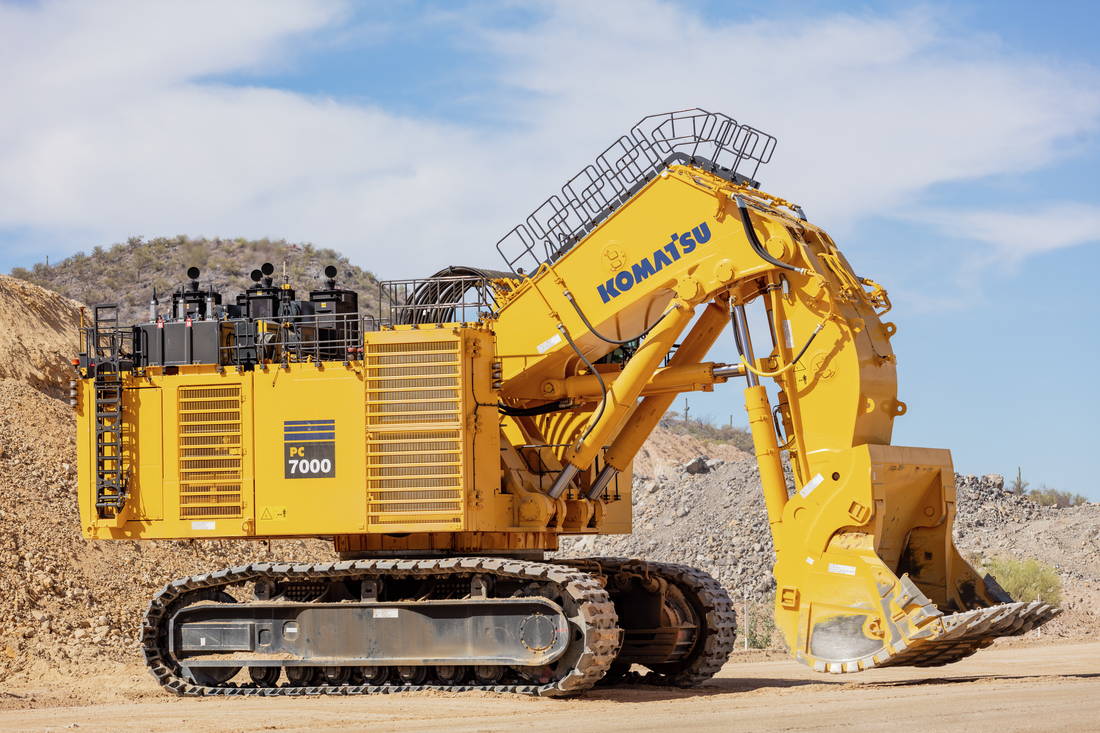Column: Bear funds flex muscles on copper as macro outlook darkens
(The opinions expressed here are those of the author, Andy Home, a columnist for Reuters.)
Hedge funds are turning increasingly bearish on the copper market amid mounting evidence that global manufacturing activity is starting to stall.
Bears now outnumber bulls on the CME copper contract for the first time since May 2020, when the copper price was just starting to recover from the first wave of covid-19 lockdowns.
Lockdowns are once again the focus of attention as China’s zero-covid policy of containment translates into contracting factory activity.
China is the world’s largest user of copper, which is bad news for demand. Even worse is the simultaneous loss of manufacturing momentum in both Europe and the United States as the war in Ukraine exacerbates supply-chain problems and chills consumer confidence.
Throw in the US Federal Reserve’s 50-basis point hike in interest rates and a resurgent dollar and copper’s prospects suddenly look a lot less rosy than just a couple of weeks ago.
Fund managers have given copper a wide berth over the last year with prices too high to chase but the market too tight to risk shorting.
Macro fears are now trumping micro supply fears and hedge funds are recommitting to copper on the short side.

Turning negative
Fund managers started building short positions on the CME copper contract around a month ago and that collective bear bet has since grown rapidly to 64,428 contracts.
Money managers haven’t been this negative on copper’s prospects since the first coronavirus hit to demand and prices in early 2020.
Money has also been taken off the table from the long side, outright long fund positions sliding from 76,837 contracts a month ago to 55,615.
The combined effect is a shift in net positioning to the short side to the tune of 8,813 contracts.
It’s worth remembering that the latest Commitments of Traders Report shows the positioning landscape as of the close of business last Tuesday (May 3).
Copper has been sliding ever since, London Metal Exchange (LME) three-month metal hitting a seven-month low of $9,139 per tonne on Monday and last trading at $9,356.
The break-down from the previous trading range will itself have generated more long liquidation and fresh selling from systematic funds.

Chinese factory activity cools
Shanghai remains under lockdown and restrictions have been tightened in Beijing as China pursues its zero-covid approach to containing the virus.
Multiple other cities are experiencing varying degrees of quarantine disruption, which is reducing mobility, transport and productivity.
Factory activity slumped in April, both official and Caixin purchasing managers indices for the manufacturing sector sliding further into contraction territory.
The official manufacturing Purchasing Managers’ Index (PMI) fell to 47.4 in April, its lowest reading since February 2020, the peak of China’s first coronavirus lockdowns.
The Caixin PMI fell even harder to 46.0, attesting to the pressures on the country’s smaller and medium-sized operators.
China’s government has promised to accelerate infrastructure projects and tackle logistics jams to stimulate growth.
But the Politburo, chaired by President Xi Jinping, also doubled down on its lockdown policy. The country should “unswervingly adhere to the general policy of ‘dynamic clearing’ and resolutely fight against all words and deeds that distort, doubt and deny (government) anti-epidemic policies and policies,” according to Xi’s statement carried by state media.
It’s hard for copper to escape China’s economic trajectory, given the country’s imports mold the market landscape.
With Russia’s “special operation” in Ukraine rapidly chilling European manufacturer and consumer sentiment, copper’s immediate demand outlook is darkening.
The International Copper Study Group (ICSG) has just revised downwards its forecast for usage growth this year from 2.1% to 1.9% to reflect “the weaker global economic outlook”.
It’s one reason the Group is expecting the global copper market to register a 142,000-tonne supply surplus this year.
Macro outweighs micro
Funds have re-adopted copper as a bellwether of global growth and the recent price weakness has played out in tandem with sell-offs in other risk assets.
Overlooked for now are copper’s still unpredictable micro dynamics.
Copper had to be restrained by the LME as recently as October as available exchange stocks depleted to just 14,150 tonnes and time-spreads turned wild.
LME inventory has since rebuilt to 167,825 tonnes with available tonnage at 113,650 tonnes.
Time-spreads, however, have recently tightened up again, cash metal commanding a premium over three-month delivery of $16.00 per tonne as of Tuesday morning.
That suggests supply-chain problems and availability may have improved but have not fully recovered.
There also remains a major question mark over the status of Russian copper. It is not currently sanctioned and the LME has said it will allow good delivery until that changes.
However, there are signs of sanctions starting to creep into the metals sector with the European Union banning Russian lead imports and the United Kingdom upping tariffs on Russian platinum and palladium.
Were economic reprisals to extend to Russian copper exports, it could yet generate a supply shock.
It’s a micro risk that an increasingly bearish fund community seems prepared to risk as it sells copper as a proxy for global growth.
(Editing by Susan Fenton)
{{ commodity.name }}
{{ post.title }}
{{ post.date }}

Comments